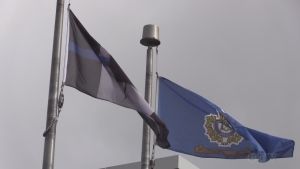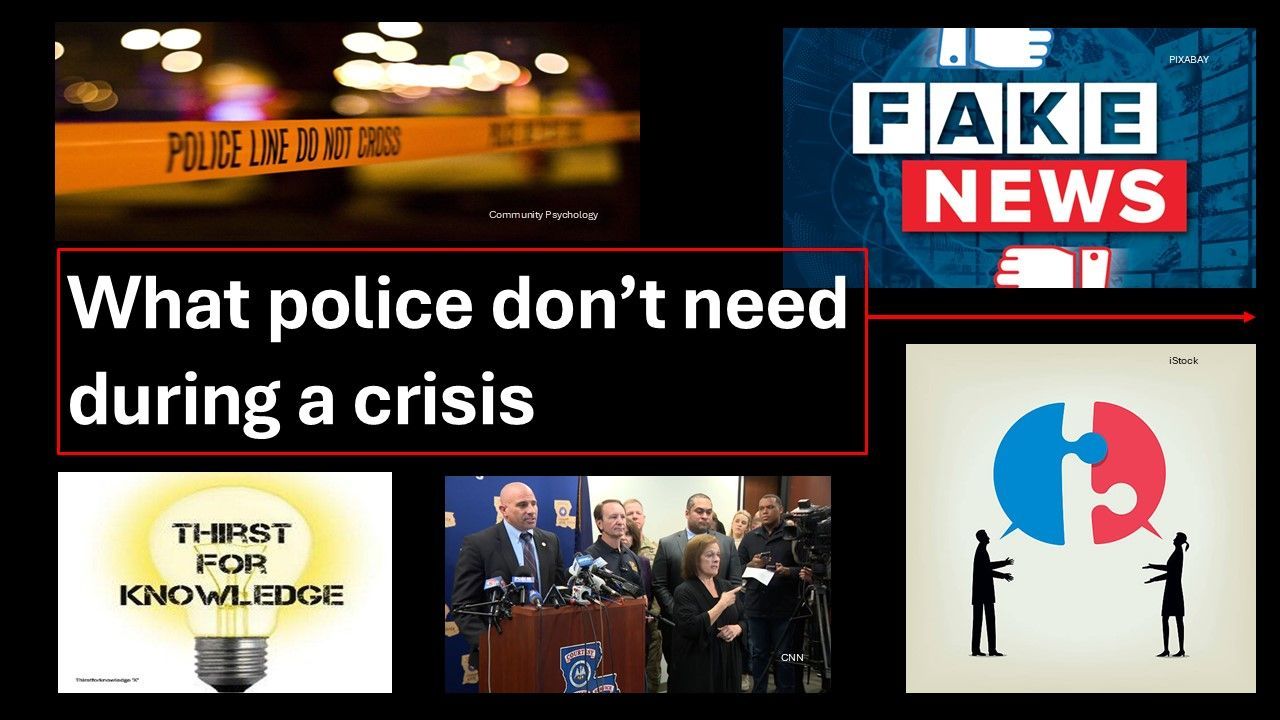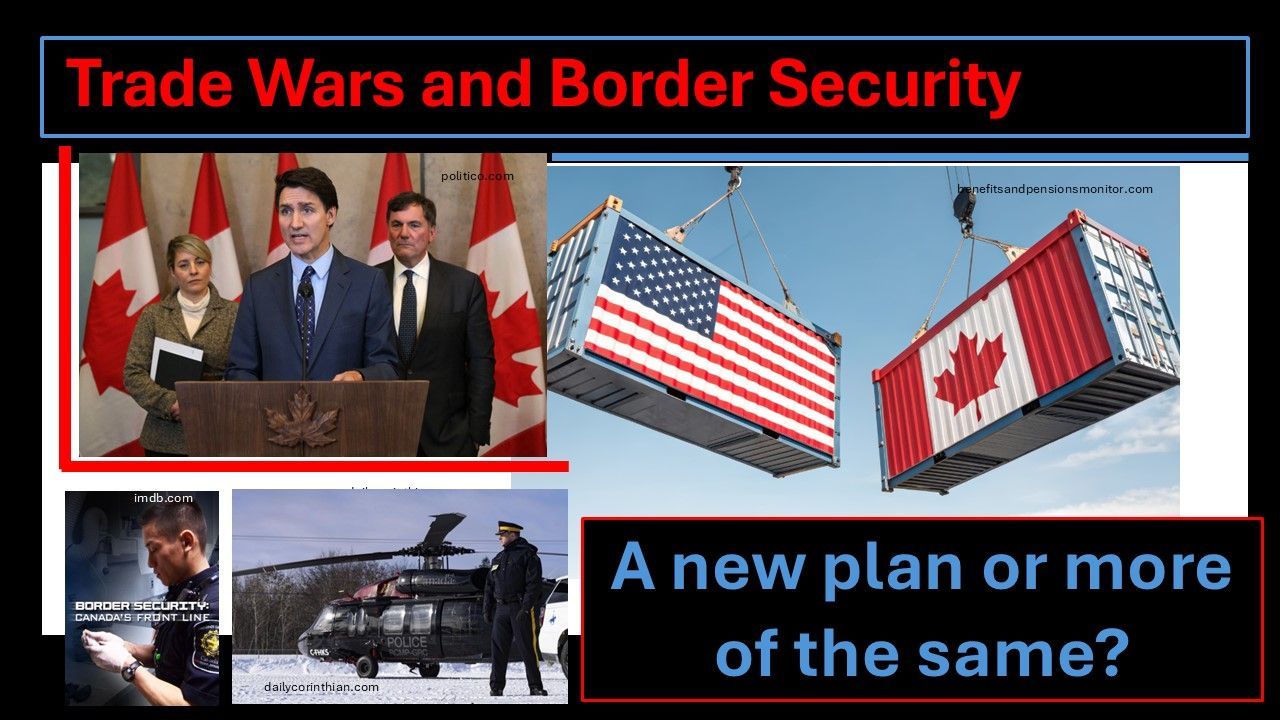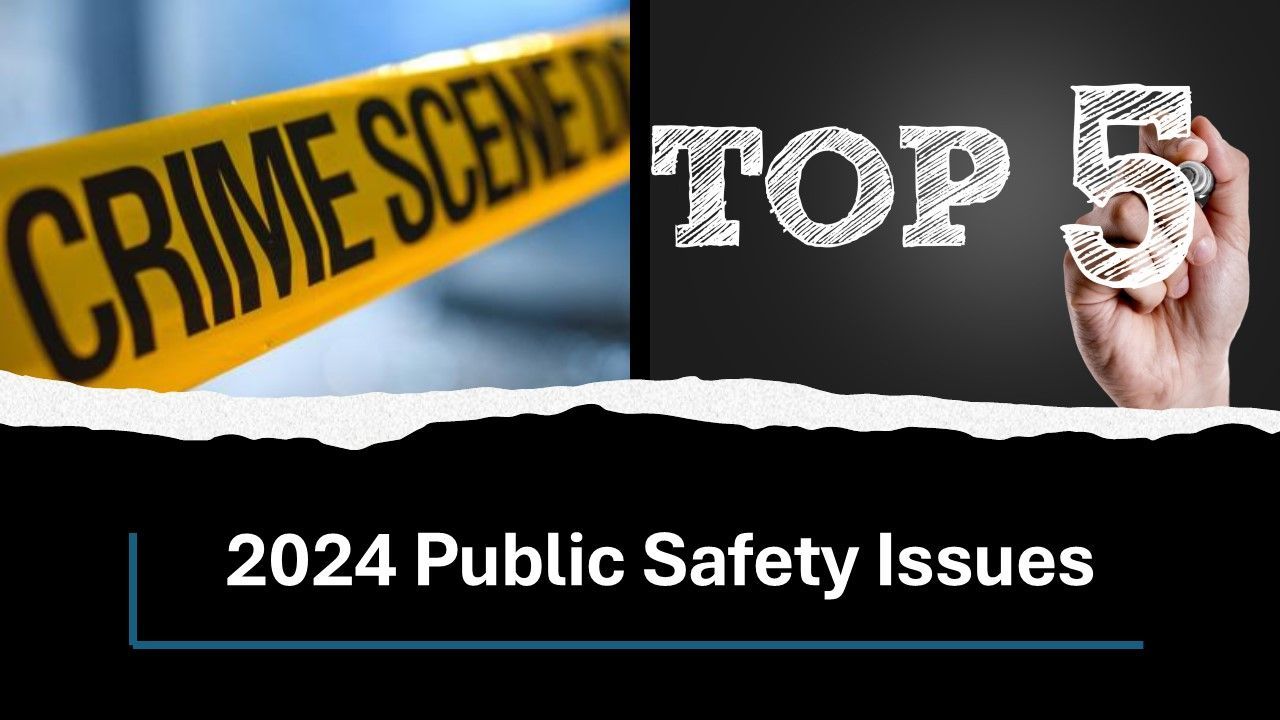New Paragraph

A controversy recently erupted over the Ontario Provincial Police Association (OPPA) flying a “Thin Blue Line” version of the Canadian flag at their office building in Barrie, Ont. It was raised a month ago on the mast that the Canadian flag normally flies on.
Members of the public and a number of commentators have expressed opposing views on that move, opining that it appears the bargaining group for the Ontario Provincial Police (OPP) are protesting against the anti-police sentiment across North America and are thumbing their collective noses to the critical issues.
First of all, the OPPA organization does not represent the Commissioner of the OPP and are not under his control, but in essence are the union for OPP employees. They are not bound by any OPP or Ontario government policy on the flying of flags at their office facility. In addition, there are no federal or provincial laws against totally defacing the Canadian flag, let alone changing the colour and putting a thin blue line across it. The OPPA is not obligated to fly any flags at all or can fly 20 of them in any array of designs and colours if they so choose. In fact, they very recently flew a rainbow flag in honour of Pride Month and in support of their LGBTQ2+ members.
These tasteful Thin Blue Line flags and similarly adorned T-shirts and ball caps are made and sold in both Canadian and U.S. versions by a private company that donates many thousands of dollars to the families of fallen officers. The “thin blue line” is said to represent the line between “good and evil”, which police officers proudly feel they represent in society, some giving their lives to the cause.
OPPA President Rob Jameson released a public response to the concerns, explaining that their traditional Canadian flag was taken down as it was worn out and had to be replaced, and that the Thin Blue Line flag was raised to support the family of murdered Nova Scotia RCMP Constable Heidi Stevenson and to “represent support, solidarity and respect to our fallen heroes.” It will likely not be there permanently, but in the meantime it is in no way meant to be disrespectful.
One of the critics, author and university professor Paul McKenna, is quoted in a CBC News article by Ani Bessonov on July 28, Former senior OPP official calls police union decision to fly Thin Blue Line flag ‘tone-deaf’. McKenna, is an accomplished author and university professor, and was a mid-level civilian manager and the OPP Librarian 30 years ago. He describes the move by the OPPA to be “thick-headed” given the current swirl opposition to policing occurring across the continent. I disagree with his comments. I respect Paul’s extensive work on community policing matters for decades, and very much admire and value the contribution of civilian personnel in police services, but it is uniformed police officers that are under the gun so to speak and struggling more than ever to hold their heads high through the recent 24/7 barrage of allegations of racism and brutality.
Although many of the public concerns expressed are valid in a number of jurisdictions, social media platforms have blurred jurisdictional and international borders so much that it’s become difficult for many citizens to remember where some horrendous acts actually occurred. Most of the blatant and questionable cases of racism and or excessive use of force by police have occurred in the U.S. Having said that, some have occurred in Canada as well and when proven versus perceived, are totally unacceptable. As well, a number of the egregious events – although illegal and racist acts, did not involve police at all, but are still front and centre in some media commentary. All of this has resulted in a series of public protests, many of which becoming violent and destructive in some major U.S. cities, including devastating attacks on innocent police officers who don’t have a racist or violent bone in their bodies. When children are carrying signs that say “F*** the police” in marches through city streets, it really strikes deeply at the core of the majority of cops that just want to truly serve and protect those very same children.
Then throw in the “defund the police” rhetoric and threaten to remove large percentages of already stretched police budgets, and you have exactly what I am seeing throughout many police departments – that being plummeting morale. And when morale goes bad, officer productivity and professionalism can go bad as well, which can have a significant impact on public trust in the police. It’s a recipe for disaster that somehow, society at large and their police officers need to work through for the good of all.
Yes, there are other organizations and dedicated people that occupy that important thin line between good and evil, including the military, other emergency services and more. It is bigger than police, but the police are key players and are the group that is specifically being maligned. Is it so bad that our police cling to an image that reminds them of why they became police officers and lets them hold their heads a little higher in these difficult days? I think not. With everything going on in our world right now, I truly believe we have much bigger issues to concern ourselves with.
Chris Lewis served as Commissioner of the Ontario Provincial Police from 2010 until he retired in 2014. He can be seen regularly on CTV and CP24 giving his opinion as a public safety analyst.

All Rights Reserved | Lighthouse Leadership Services | WebXpertz



